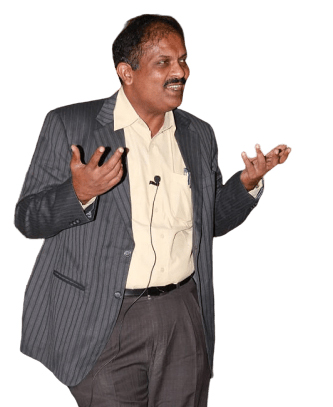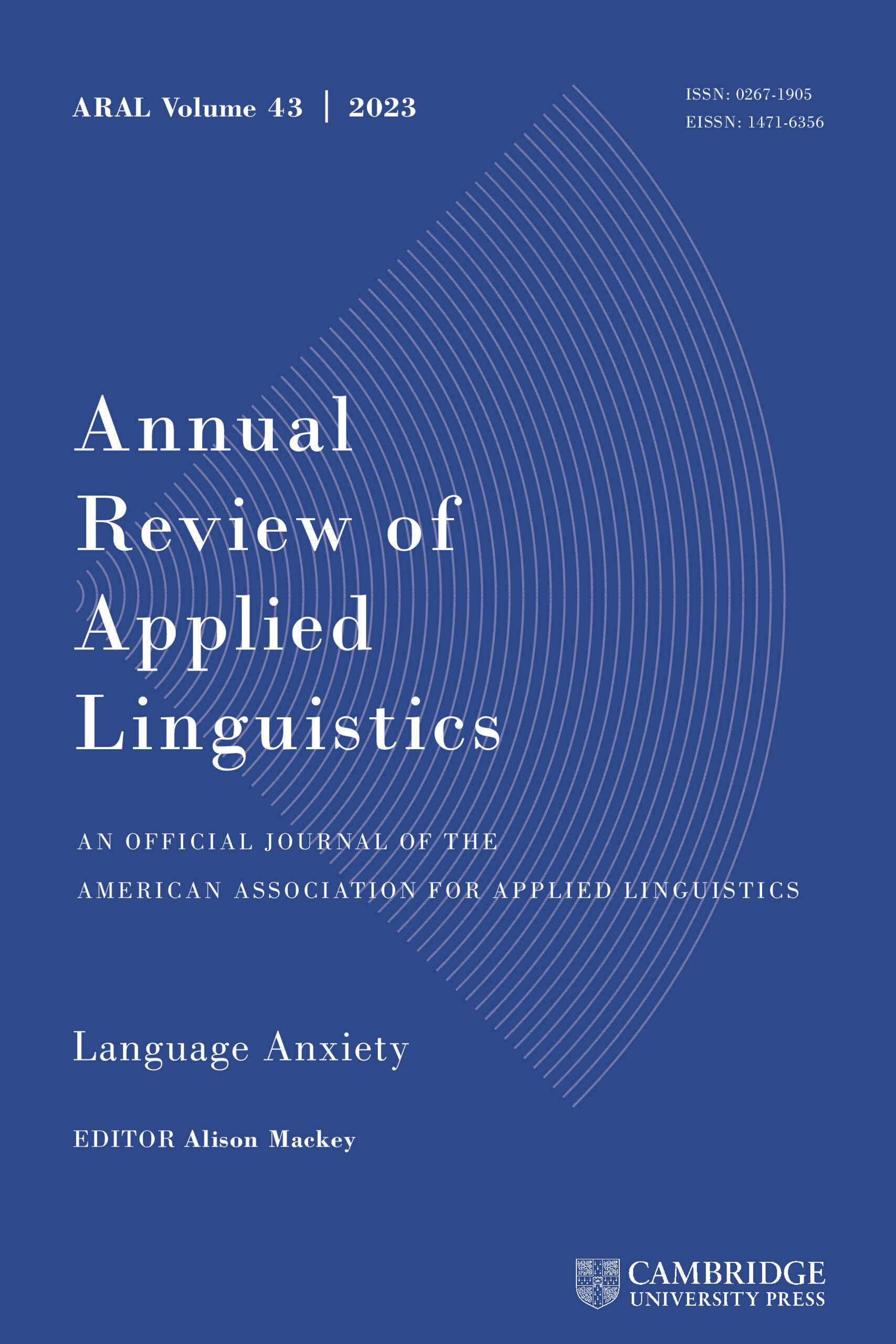How my Professor Perfects Deep Learning Lectures! Learn his Method of Teaching! | by Anar Abiyev
This section covers a gap that is present in almost 80% of the lectures I’ve attended, which is a crucial and frequently ignored aspect of the most part of my educational journey. It stands for the crucial link connecting academic subject matter with the alive, always changing world of industry and cutting-edge developments.
During these sessions, our professor devotes a dedicated portion of the lecture to the latest breakthroughs and trends within the deep learning field. This portion, which often lasts 10 to 15 minutes, is a valuable source of insightful information where our professor gives not just the most recent news but also his experienced opinions on these cutting-edge advances. Despite my ongoing efforts to keep up with current developments in deep learning, there is an obvious richness in hearing the delicate opinion of an experienced expert who has a depth of knowledge much beyond mine.
Beyond just providing information, this section plays an important role in igniting and maintaining my motivation, particularly when I am faced with the difficult tasks of understanding complex subjects. What particularly motivates me is the strong correlation between appreciating the accomplishments of professionals in the field and the raging desire I feel to study more, advance my knowledge, and help develop innovative technologies.
Even though we apply innovations to our lives, we always need to go back to basics in one way or another, right? Thus, the professor teaches us the topic by writing and explaining the intuition and equations behind deep learning concepts. This section takes about time according to the volume of the covered topic, depending on the number of equations.
He always comes to the lecture with the prepared notes, so the flow of lectures goes on according to the plan. In my opinion, it is very important in terms of fluency of the lecture.
At the end, he gives us a quiz in Kahoot which is really fun way of learning. Additionally, knowing that you will compete with your friends in the quiz makes you listen to the lecture with more attention 🙂
After we are done with the theoretical concepts and equations, the professors switches from the board to his computer to show us practical implementation. Here, he explains Python codes and some new software tools to simulate machine learning / deep learning applications.
I hope you found this article useful! If so, please check out my Data Science / Machine Learning tutorials below!
link








